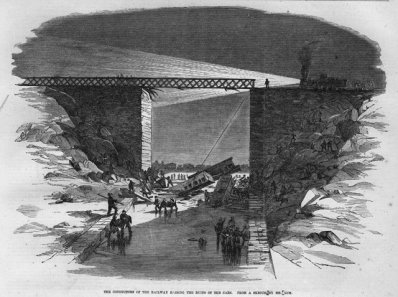The Mountview stop at 5:30pm-6:30pm is temporarily changed to 4:45pm-5:30pm
The Mountview stop at 5:30pm-6:30pm is temporarily changed to 4:45pm-5:30pm
All branches close early on Tuesday, December 30 at 6:00 PM (*with the exception of Carlisle, Freelton, Greensville, and Mount Hope) for holiday-adjusted hours. This includes branches with Extended Access.
*Carlisle- 10am - 3pm
Freelton- 9am - 2pm
Greensville- 9am - 2pm
Mount Hope- 10am - 3pm
The Makerspace at Central Library is currently out of white vinyl for printing. Members needing white vinyl can visit the Dundas or Valley Park branch Makerspaces, which are the closest locations with white vinyl currently available.
Due to maintenance, the Barton Branch will be closed on Wednesday, January, 7. Please visit Central Library or Kenilworth Branch for your library needs. www.hpl.ca/hours
Photocopying and Scanning is not working at Westdale Branch. We aim to fix it as soon as possible.
Daily print balances for black and white and colour printing change January 2, 2026. The new daily print balance is 40 cents. Members receive four free black and white copies or two free colour copies.
Large format and vinyl printing pricing also change on January 2. Visit https://www.hpl.ca/makerspaces for updates.
Bookmobile is off the road December 31, and January 1st. Visit www.hpl.ca/bookmobile for our Holiday Schedule.
Due to the setup for the Noon Hour Concert, the Fourth Floor at Central Library will be closed on Friday, January 2. Makerspace and Newcomer Learning Centre will remain open. Floors 1-3 have spaces to work and study.
All branches close on Thursday January 1 for New Years Day. This includes branches with Extended Access.
All branches close on Friday, December 26, 2025 for Boxing Day . This includes branches with Extended Access.
All HPL Branches close early on Wednesday, December 31 at 1pm. This includes branches with Extended Access.
Branch Study Halls are paused Friday, December 19, 2025 through Monday, January 5, 2026. Central Library Study Hall hours resume Spring 2026.
www.hpl.ca/study-halls
Bring back your borrowed library items (due Oct 1 or later) within 28 days to avoid a replacement or lost fee. We'll remove the fee when you bring back your overdue items.
Desjardins Canal Disaster
On March 12, 1857, the 6:15 Great Western Railway train from Toronto crashed through the railway bridge spanning the Desjardins Canal. The accident left fifty-nine people dead and made international headlines. The following article appeared in the April 4, 1857 issue of Frank Leslie's Illustrated Newspaper.
THE CALAMITOUS RAILROAD ACCIDENT AT BURLINGTON HEIGHTS
OVER THE DES JARDINES CANAL, CANADA.
---------------------------
Scenes at the Place of the Disaster!
The Bodies Found!
Recognizing the Dead!
Appearances of the Remains of the Bridge and Cars.
The Bridge and its Construction.
The Last Melancholy Scene at the Bridge.
&c., &c., &c.,

The railway train from Toronto (Canada West) was due at Hamilton at a quarter past six o'clock P.M., Thursday, March the 12th. It came on from Toronto as usual, and was proceeding at a moderate speed to cross the trestle or swinging bridge of the Des Jardines canal. The chasm, sixty feet deep, over which this bridge was erected, was made by cutting an outlet for the canal through Burlington heights. At the time of the accident the water was covered with ice about two feet thick. The moment the train reached the bridge the immense weight crushed through the timbers, and the whole structure gave way, and, with one frightful crash, the engine, tender, baggage car and two first-class passenger cars broke through the severed frame-work, and leaped headlong into the yawning abyss below. The engine and tender crushed at once through the ice. The baggage car, striking the corner of the tender in the act of falling, was thrown to one side and fell some ten yards from the engine. The first passenger car rushed after, and turning as it descended, fell on its roof, breaking partly through the ice, and being crushed to atoms, while the last car fell endways on the ice, and, strange to say, remained in that position.












